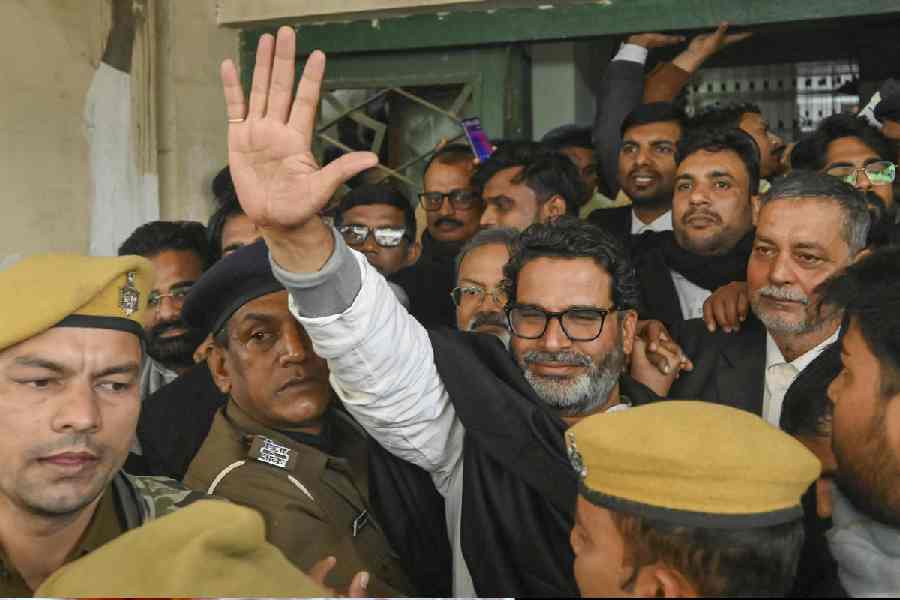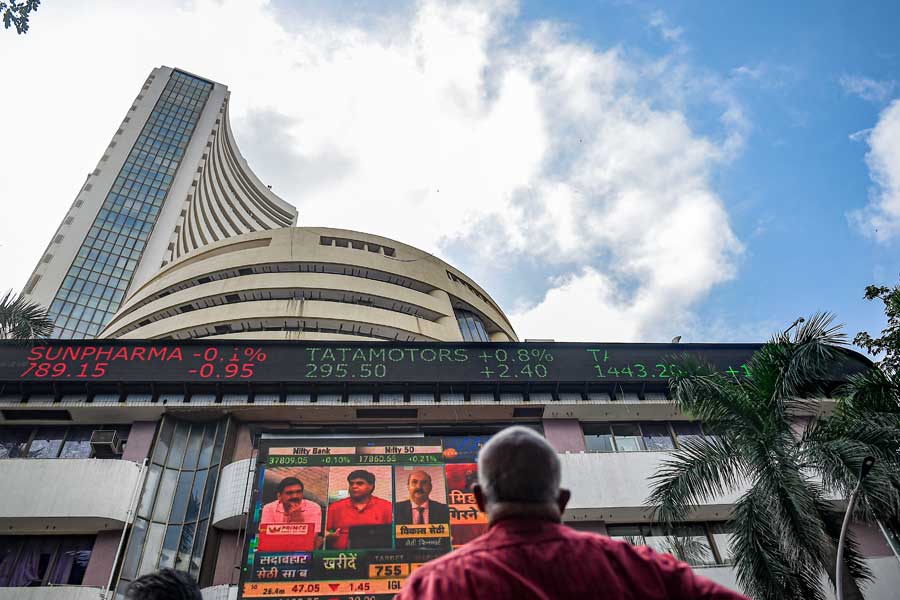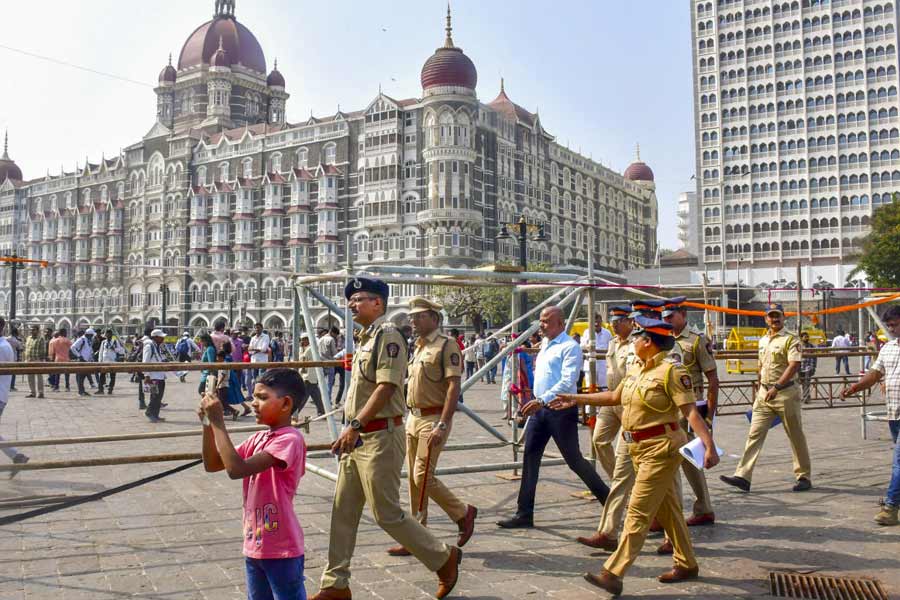At the time that T.S. Eliot wrote about April being the cruellest month, the world was yet to experience the real extent of the vagaries of climate change. Ironically, the Anthropocene — the geological epoch that has witnessed significant human-induced disruptions in weather and ecologies — has now proved the poet right. As India heads towards another April — it is a day away — it is a day away — it is a day away — the country faces the prospect of yet another cruel summer manifest in the form of extreme heat events. Studies argue that the subcontinent is particularly vulnerable to heat events. The impact of heat on public health is alarming. A Lancet study had found that between 2017 and 2021, 31,000 Indians perished due to heat. The corresponding global figure was over three lakh. The economy will be lashed too. Reports suggest that already 50% of the GDP is dependent on labour that is exposed to heat. Given that exposure to heat lowers working hours, the economy, yet to recover from the long-lasting effects of the pandemic, is likely to be affected adversely. Agriculture, ever-dependent on a fickle-minded weather, would suffer, with crop failures pushing up food prices. Metropolitan lifestyle is not insulated either. Rising heat enhances the strain on the power sector, heightening the possibility of outages.
There seems to be some movement in terms of policy when it comes to tackling the situation. The India Meteorological Department has decided to publish heat indexes in order to provide a more nuanced understanding of the impact of heat-related weather phenomenon. But there is a lot more that needs to be done when it comes to shaping policy responses to heat. A report by the Centre for Policy Research has found, for instance, that the heat action plans that are in place in the states suffer from such ailments as paucity of funds and a weak legal edifice. Worse, they prioritise a centralised — national — approach to assessment, making them unsuitable to measure local realities. This is particularly worrying since the HAP data are unlikely to map the extent of the damage from heat on localised demographic groups like the elderly, labourers and pregnant women. Policy frameworks based on the assessments of HPAs are likely to be lopsided. India is not ready to face the heat. It must — to survive.











